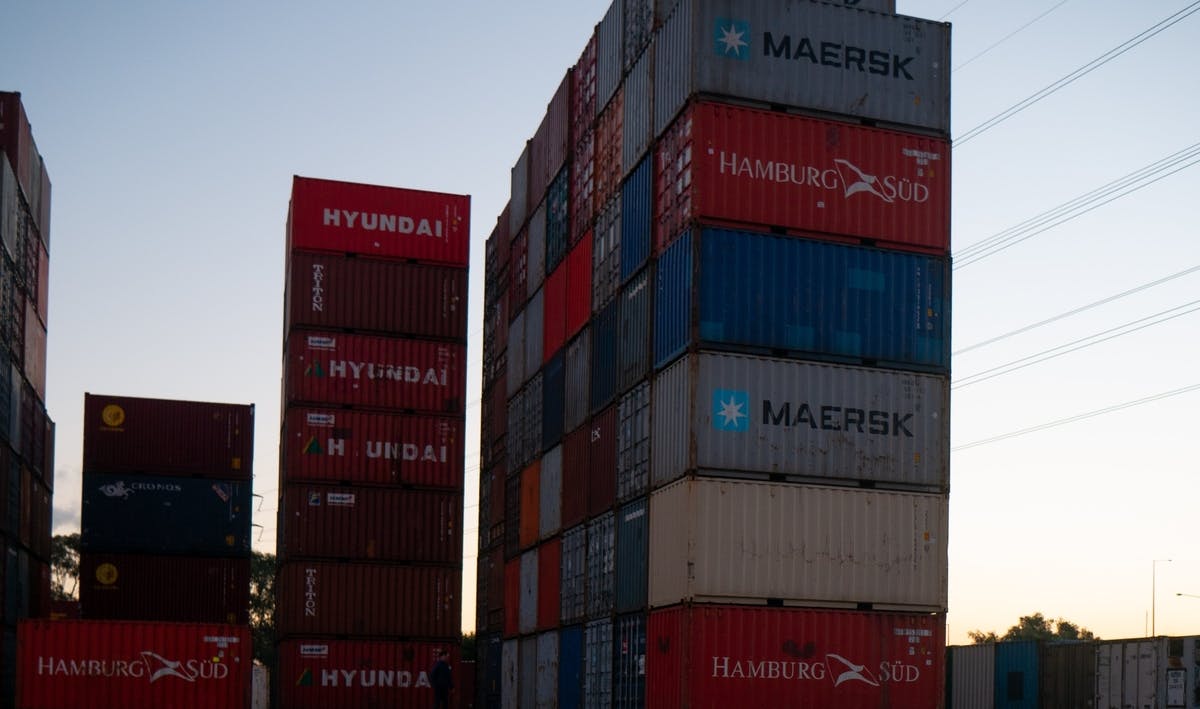Supply chains have been causing headaches for businesses since the start of the Pandemic.
Two years in, what can your business do to protect itself from further disruption and “imported” inflation?
Dynamic Business spoke to Paul Soong of BluJay Solutions, now part of E2Open to capture his thoughts on global disruption in the logistics and supply chain and how SMEs can mitigate the impact of supply breakdowns.
What does E2Open do?
“So, E2Open is a logistics company, and we say we handle everything from the first file to the last mile.
“We do customer management, whether that be moving containers from the US to Australia or China. But we also provide services like demand sensing for retail stores.”
What has caused worldwide supply chain breakdowns?
“From my perspective, it’s an issue of the world being in a once in a lifetime sort of situation.
“When I look at supply chains and logistics directly, we had supply chain issues even 12 months ago. But, they were hidden behind border closures.
“Where we’re at the moment is an entirely different space.
“Every level of the supply chain from sourcing the good, to making the good, to the logistics is being affected by resource constraints.
“I just read that in Japan, McDonald’s and KFC are limiting the number of nuggets you can buy because they can’t get chicken.
“In their case, it’s not a supply chain issue; they just can’t source chicken.
“It’s the same across nearly every industry we talk to, from getting iPhone batteries or Playstation battery components. It’s to the point where organisations and countries have to build a lot of resilience.
“I think it’s a perfect storm. The issues that have existed in the supply chain are now visible. But more importantly, the fact that every level of supply flow is facing challenges. Everything from planners, to technology to border closures is all impacting the flow of goods.”
Is the situation set to worsen?
“I don’t think it’ll fall apart further because I think there’s a lot of work being done by not only governments but also organisations themselves. We’ve seen a lot of resilience-building over the past year.
“Changing the rules around how long workers have to isolate has helped, and the changing definition of essential workers will certainly help facilitate the supply chain.
“I think what industry is doing, and what the government is doing is being more flexible in being able to meet those demands in the face of COVID.
“It really all depends on what happens in regards to the pandemic and further variants, though.”
How do supply chain breakdowns affect businesses?
“Obviously, strong supply chains are the life-force of businesses. Without supply, companies can’t trade.
“More than that, though, supply issues can begin to impact consumer attitudes. More and more today, we’re seeing consumers move away from brand loyalty.
“And, I think, considering the supply chain disruptions, you’ve also got to pay attention to what the consumers are doing.
“If I’m an organisation struggling to get parts, that doesn’t stop consumers from demanding an item. If I can’t provide it, they will look elsewhere.
“This becomes very damaging from brands and companies.”
How can businesses protect themselves?
“I think in a couple of ways. Firstly, the biggest thing that this whole Pandemic has shown regarding supply chains is that there is still a tremendous geographic and human element.
“Now, that’s something that you can’t plan for, but you can minimise the damage caused by those unknowns.
“From an organisational perspective, it’s making sure you have a plan B and a Plan C. One of the things we’ve seen in Australia through the Pandemic is an increased interest in sourcing stuff locally.
“Another way of planning for the unknowns of supply chains is to warehouse stock. This isn’t possible for all businesses but it is still good to understand what the market is doing.
“For example, JB-HIFI looked at the market and predicted there was going to be a shortage of goods before Christmas, and they decided to warehouse a lot of stock before that happened to minimise that risk. ”
What role does technology play in the future of supply management?
“I think for an organisation to be successful in today’s day and age, they need real-time data; you need to know where your goods are coming from and going to.
“You can use smart tools, AI and machine learning to help you predict demand increases in the market. It can help businesses understand and ask, “What do I need to do in my business right now to be able to handle demand in three weeks?”
“Real-time information can really help to build that resilience and supply network. Which then allows businesses to source from different regions, or even look at different resources, and substitute where they can.”
Read more:Ai report spotlights supply chain chaos
Keep up to date with our stories on LinkedIn, Twitter, Facebook and Instagram.

